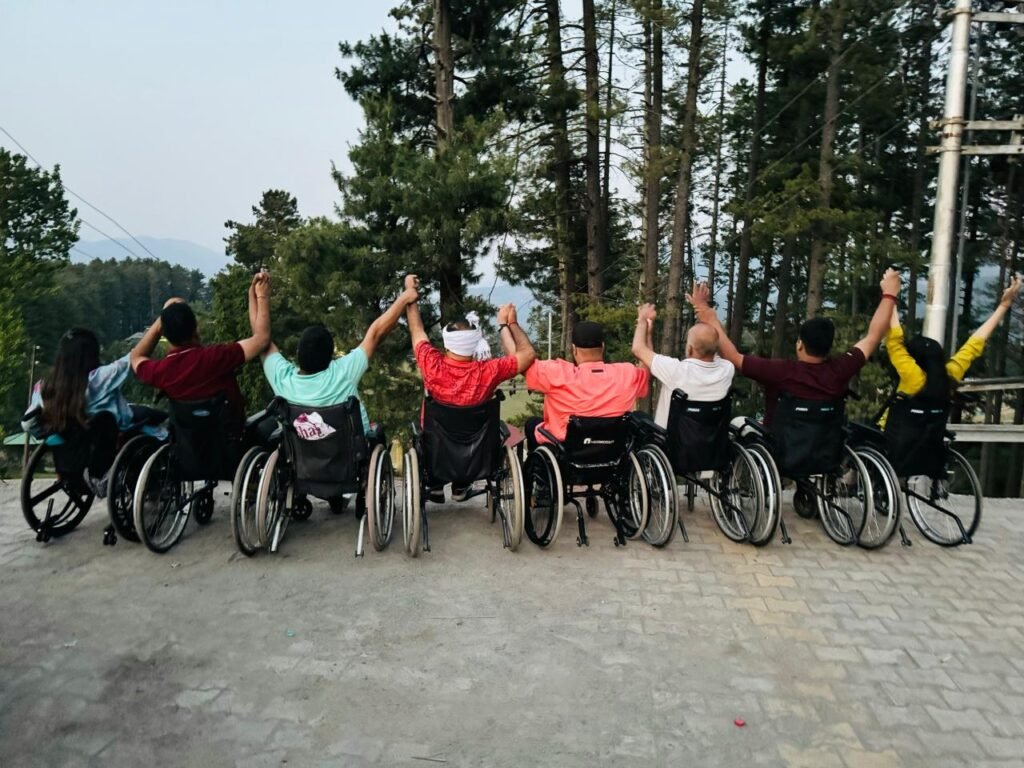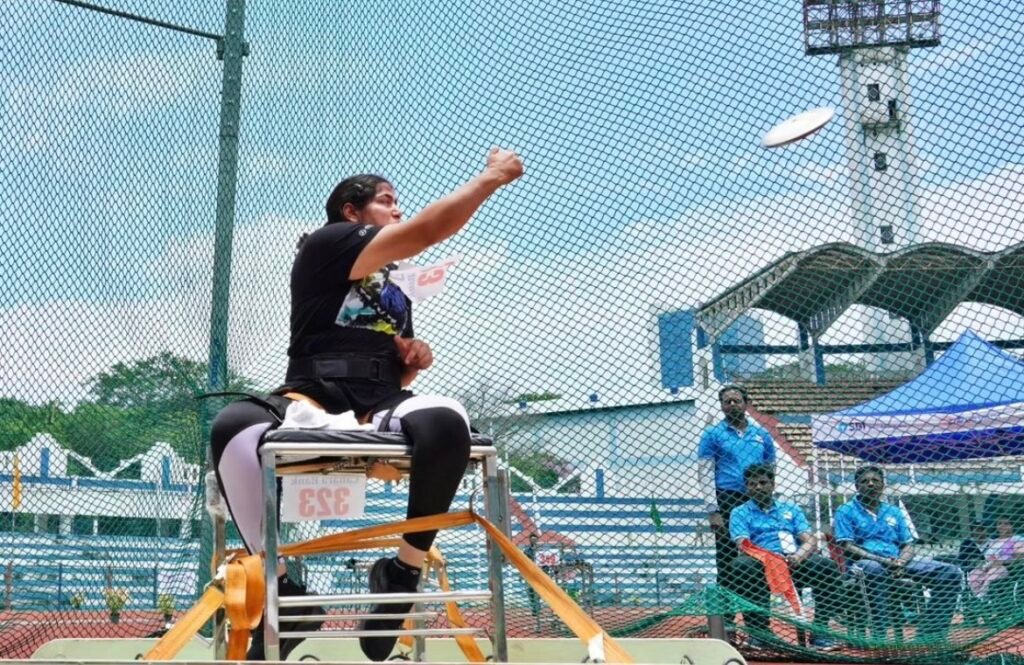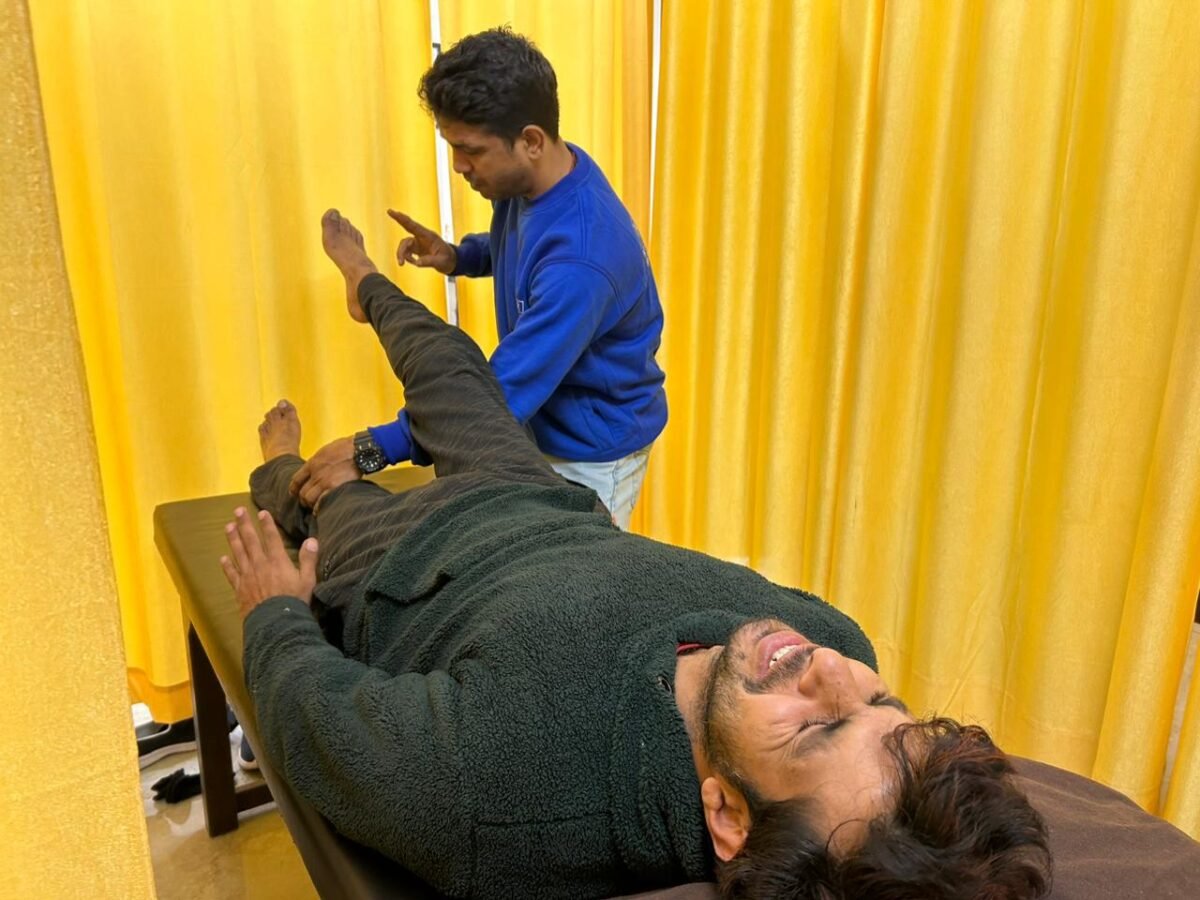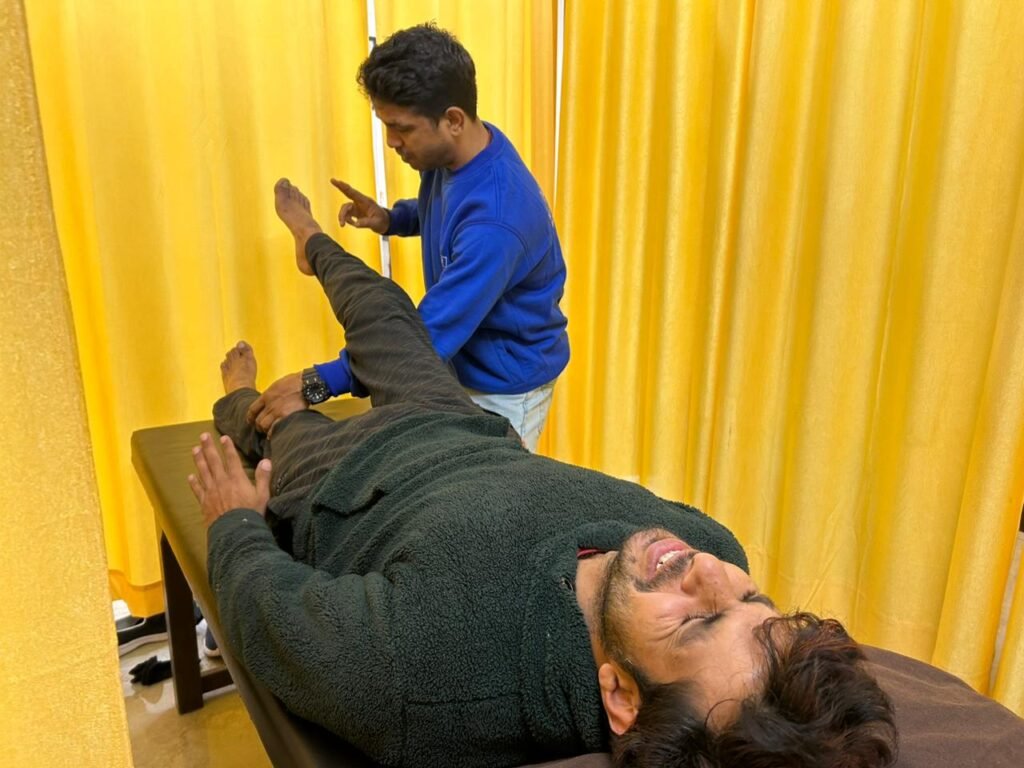Travelling is one of the important aspects of life and after surviving a spinal cord injury the survivors have somewhere in their mind that they won’t be able to explore places again. There is a big stereotype among people with SCI, their family members, and the society that they can’t travel ever again. So, to bust their bubble and create history KSNR came into the picture with our easier said than done plan to take our patients to Vaishno Devi, Katra.
Additionally, KSNR is setting a record by doing so as no group of wheel chair users have ever been there. However, we knew that it’s not going to be that easy but as a rehabilitation center it’s our responsibility to make our patient feel confident and teach them every aspect of life after SCI.

Planning the trip
As we have decided to go on a hilly area with our wheel chair users so it is very essential for us to plan everything properly before starting our journey. The crucial things which need to be taken care are mentioned below:
Transportation
First and most important thing is to decide how we are going to reach. There are so many ways to reach Vaishno Devi like by road, by train or by air but we have decided to go by bus as we are travelling with our patients thus our main motive was their comfort along with their enjoyment.
So, we booked a bus for the whole trip so that we don’t have to worry about the transportation throughout the trip.
Booking Accommodations
Booking the stay prior to the the journey is equally important because it nearly takes around 12-13 hours to reach Vaishno Devi, Katra from Delhi by road. So, those long sitting hours are definitely going to be tiring for the SCIs as there are many Quadriplegic patients travelling with us as well hence the first thing we need to do after reaching there is to let them take proper rest to avoid any further complexities like UTI, bed sores, etc.
Packing Essentials
Pack all the necessary medications and useful things like comforters , gel cushions etc. which will help to avoid problems like swelling, pain and discomfort. Some individuals with SCI do CIC for urination so for them it is very essential to pack a proper bag with all the necessary items like catheters, gloves, sanitizer, etc.
Visit the Bhavan
It’s the most challenging part of the trip as there are so many obstacles in between like to take Parchi (entry pass) to visit the temple, to complete around 15km trek with people who are not able to stand/walk on their own to reach the bhavan, and most importantly to do the Darshana of Mata and seek blessing in such crowd.
Earlier, we were planning to take our patients to the Bhavan by helicopter but as wheelchairs are not allowed in helicopter we had to drop this plan and then we booked Palkis as our alternate option.
Executing the Plan
After planning our itinerary we are all set to get started with our journey. We started from Delhi around 5-6 PM in the evening and stopped in Jammu in one of the Ashram and afterwards we reached our destination that is Katra in the afternoon. Thereupon our team reached out to Shrine board to inform them about our initiative and seek help from them for VIP Darshan and surprisingly they agreed on the same.
First day in Katra
Once we reached Katra, we let our patients take adequate amount of rest and then in the evening around 7PM we started our trek to the Bhavan along with our patients. As the Yatra route is open 24×7 so one can start their trek whenever they want.
Furthermore, we shifted our patients in the Autorickshaw and reached Bhanganga (where we have to start our trek) thereafter as per the planning SCIs have started the stretch till the Bhavan by Palki and their attendants or family members along with our team have started the trek on foot. We are almost around 30 people so it was almost impossible to reach the Bhavan at same time. So, as soon as our patients reached the Bhavan we started taking them inside the Bhavan one by one. There was around 15-20 stairs which was a big hurdle for us but somehow with the blessings on Mata we reached inside the Bhavan and that’s how our patients did the Darshan and seek the blessings. It took us whole night to complete the Darshan of all the patients and get back to our hotel.
Second day in Katra
On the second day we reached back to hotel around 10 AM in the morning and everyone was so tired so we decided not to do much and let our patients take rest. In the evening the patients explored the Katra market and that’s how we ended our second day.
Third day in Katra
To take some memories from the trip we took our patients to one of the nearby hill station (PATNITOP) and with all those breathtaking views and abundant memories we reached back to Delhi the next morning and completed our trip. It was a wholesome experience for our team as well as our patients and their family members or attendants.
Conclusion
After completing our trip to Maa Vaishno Devi temple successfully I can surely say that it was not at all easy, indeed we faced a lot of difficulties in between but with the proper planning we completed our trip and the memories are going to stay with all of us for our lifetime.
If we can do it anyone can do it. SCI is never the barrier it’s your mind and the society who forces you to think that you cannot do it. So, never let anyone decide for yourself if you want to travel and explore places post SCI just plan it properly and go for it and set examples for others.
A blog by
-Dr. Virendra Vikram Singh ( PT )


















